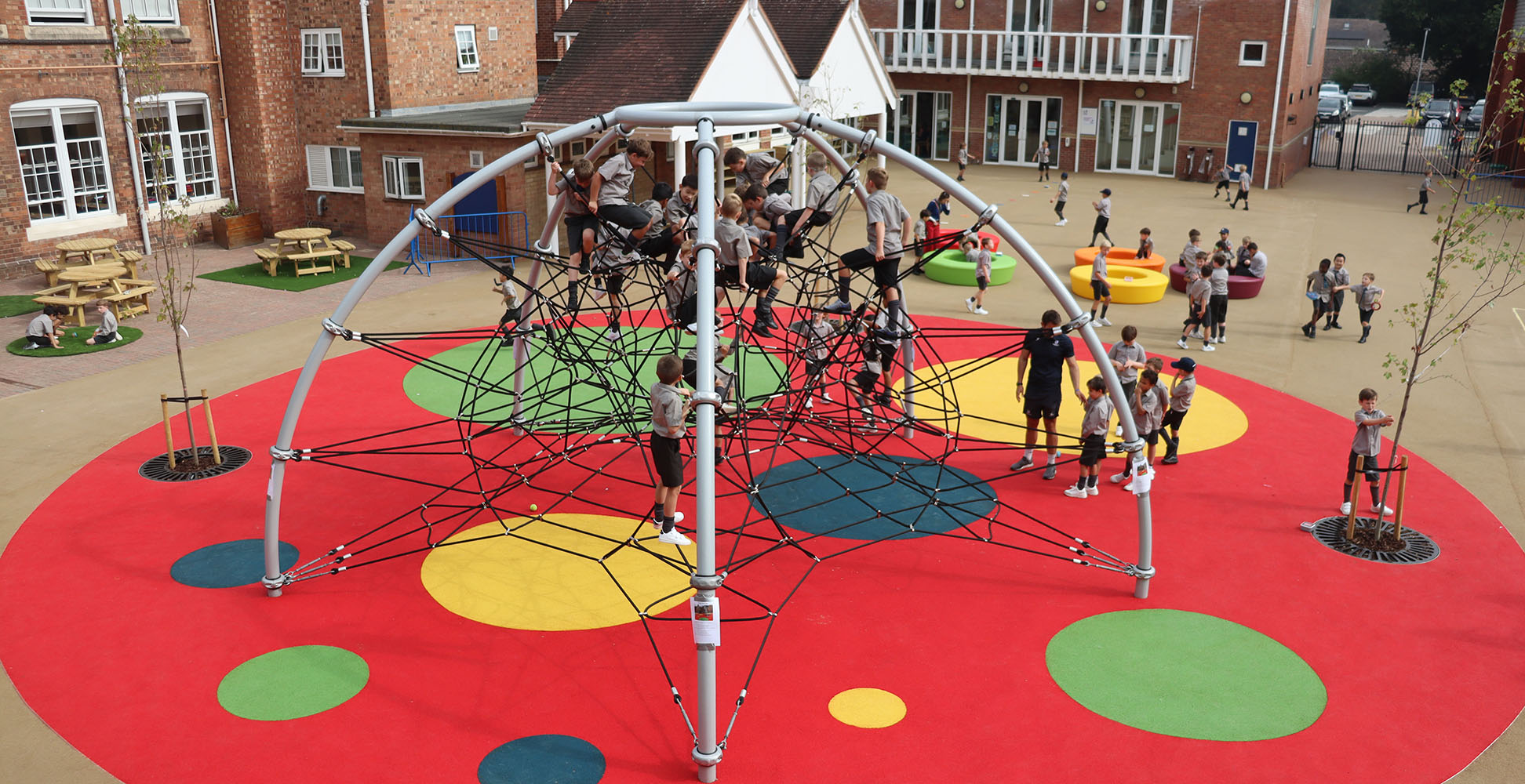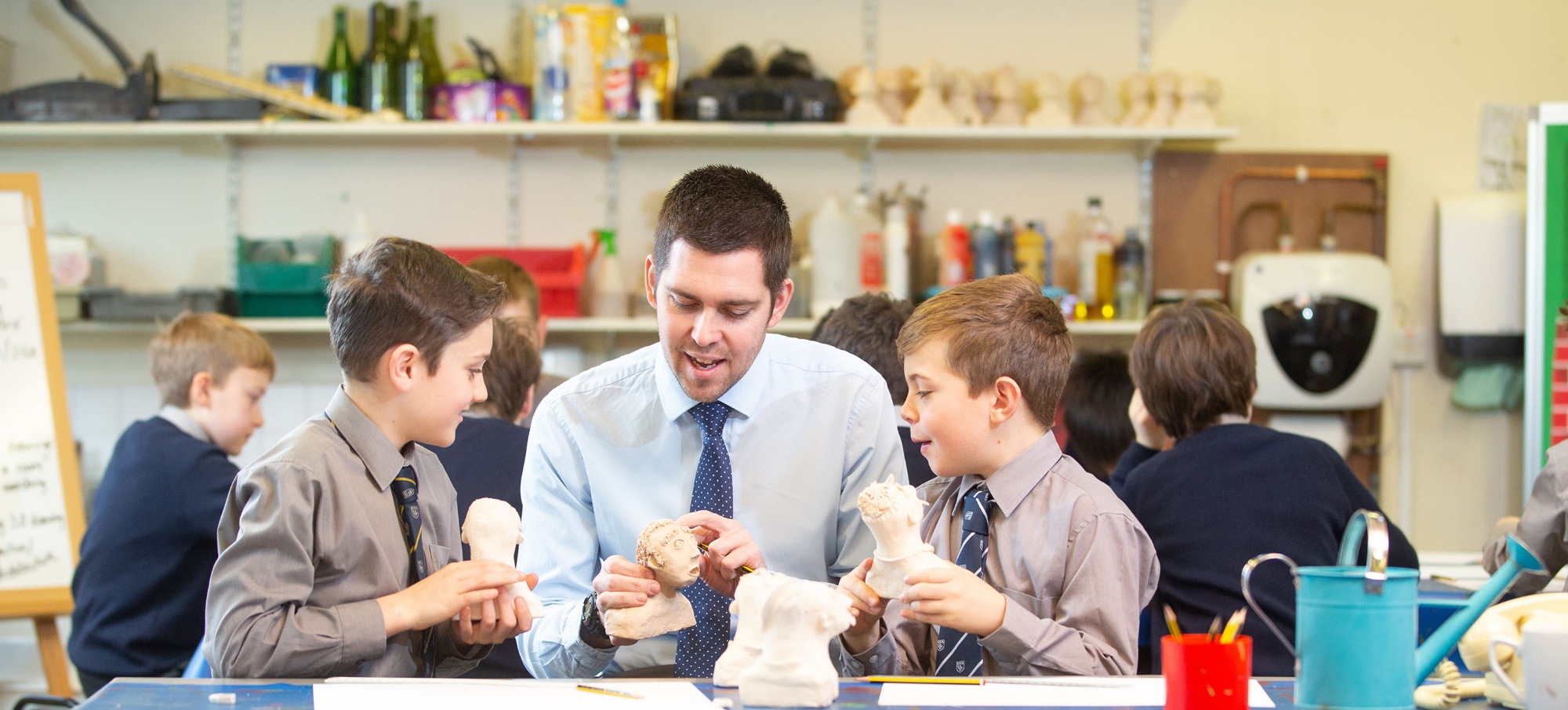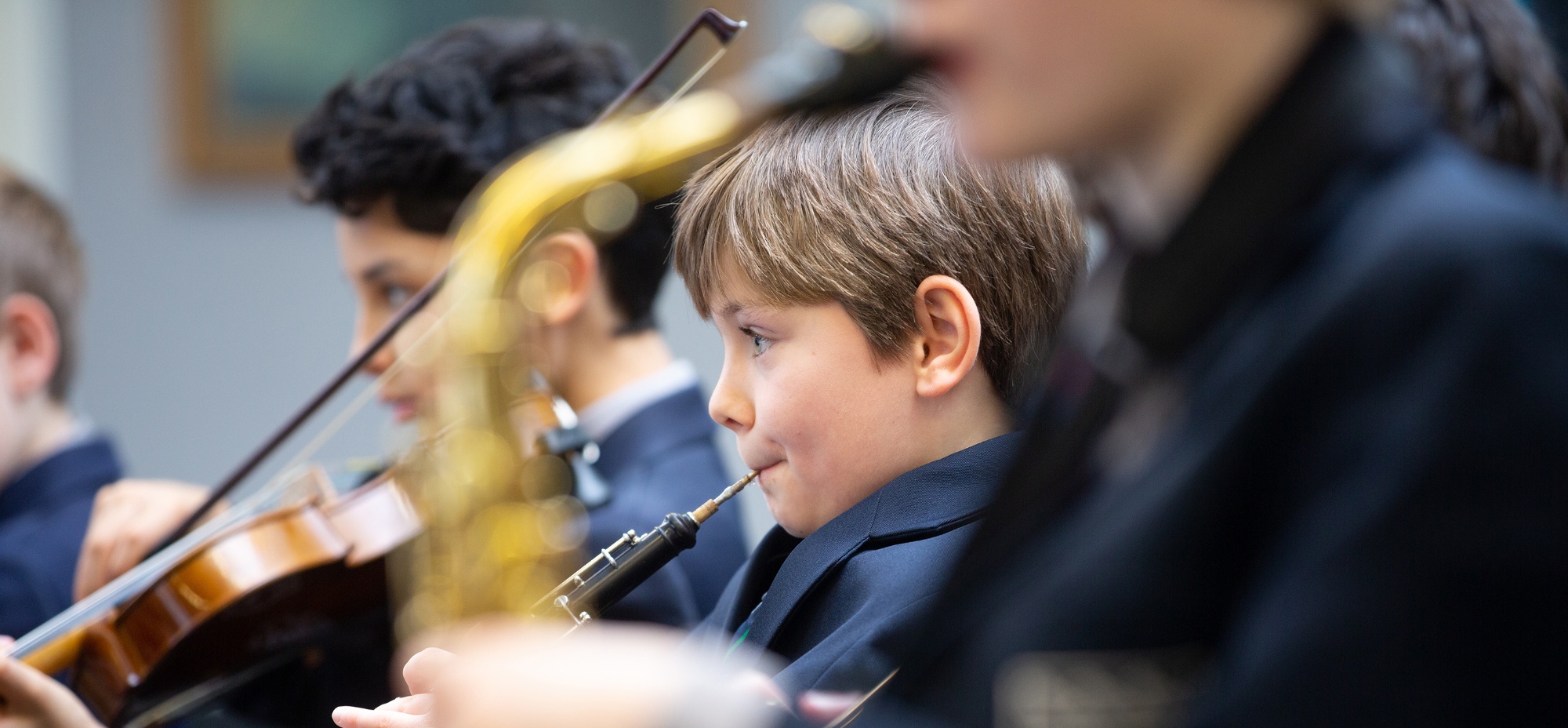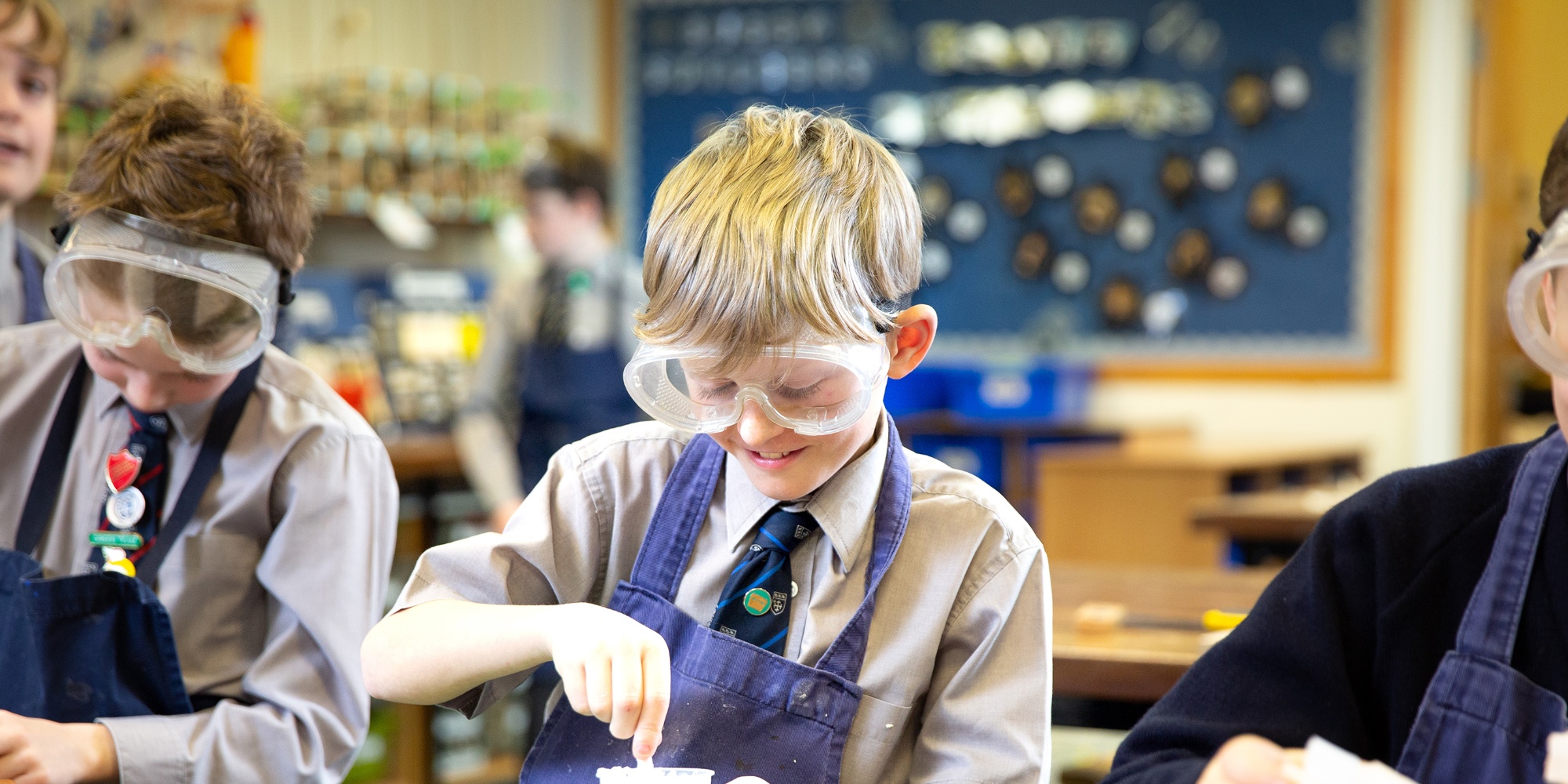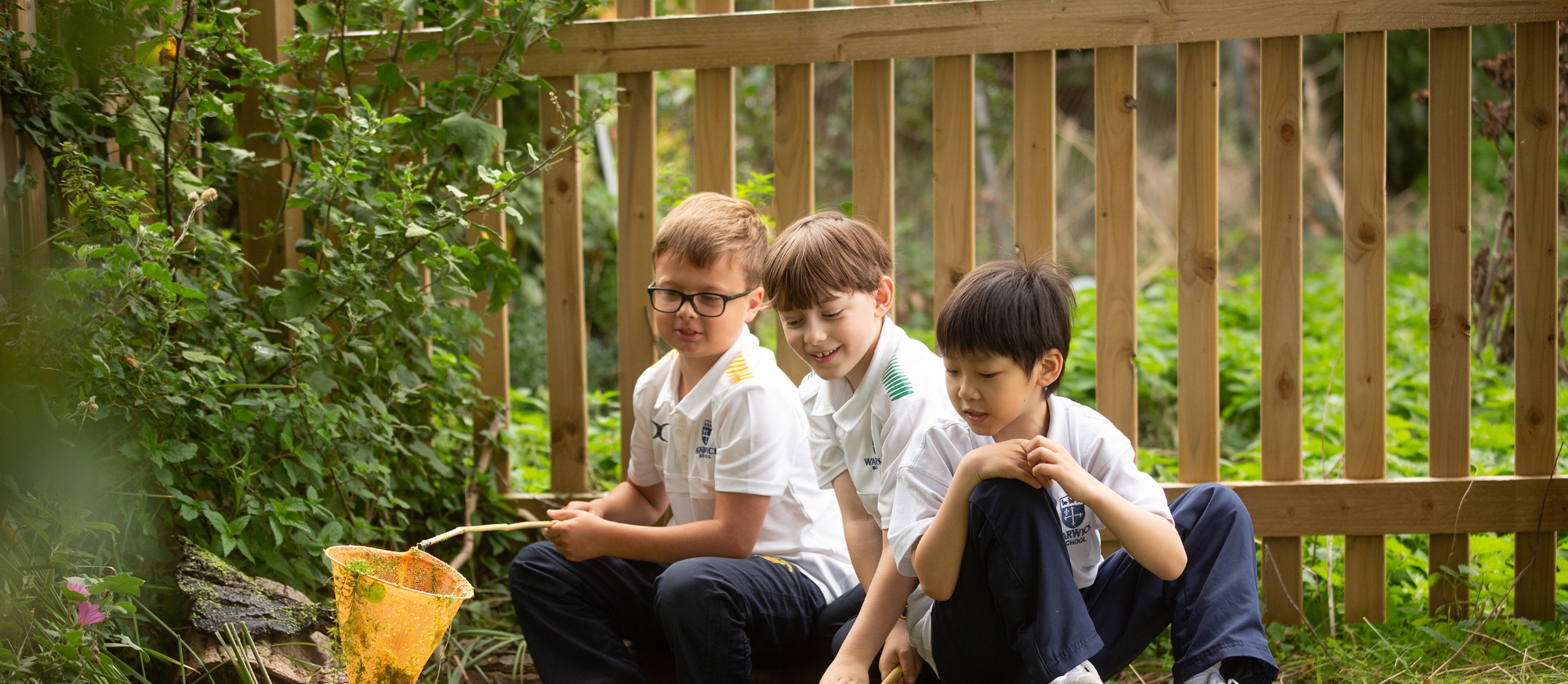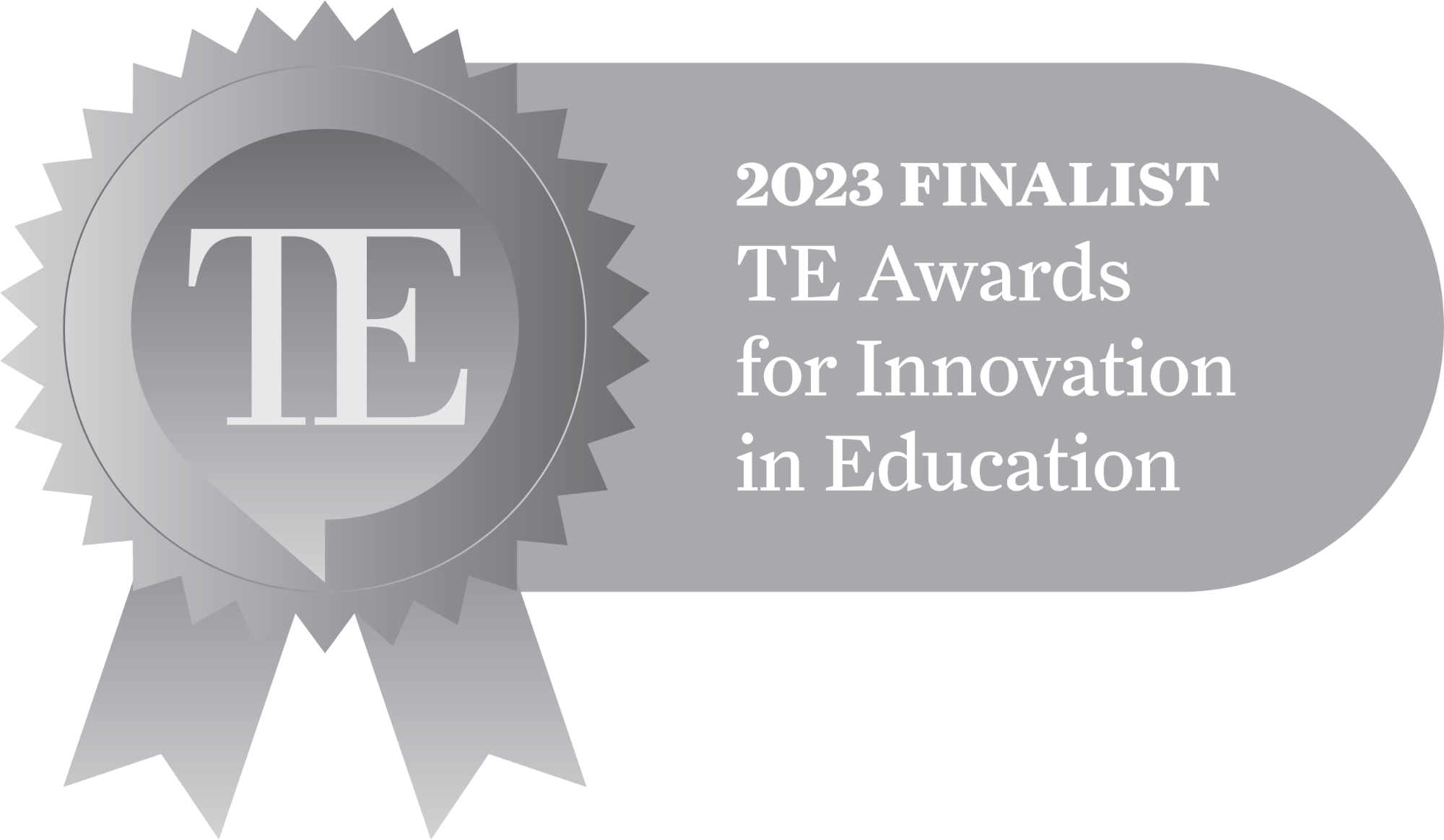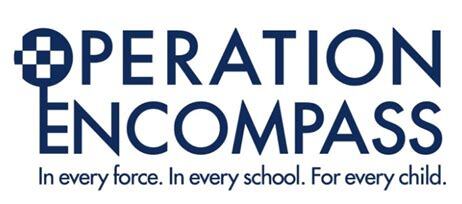Creating a Culture of Collaboration
.JPG)
Read my musings on the importance of creating a collaborative culture within schools.
As a headteacher, there is a distinct risk that you spend time away from the classroom. As such, one of the highlights of my week is when I get to teach. This week, we started a new topic in Computing on ‘wikis’ - an online resource that can be used collaboratively by multiple users. Wikipedia is of course the most famous example of this type of resource.
Effective collaborative learning has been seen as an important tool in educational thinking for many years, but since the days of the pandemic, the use of online tools for collaborative working has expanded greatly. As technology has advanced and become more accessible, pupils can learn in increasingly new, exciting, and potentially more effective, ways. Collaborative skills have also been recently highlighted as key for pupils to learn in preparation for the labour market of the future.
However, collaborative learning, particularly with younger children, can present challenges and poses the question - what factors do we need to consider to make collaborative learning a success?
Providing inspiring opportunities for collaborative work is key, but the work is only successful by developing the appropriate personal skills within our pupils. The following is by no means an exhaustive list, but these skills might include critical thinking, analysing, persuasive communication, active listening, evaluating, self-reflection and humility.
However, it is also important to consider the creation of a culture where pupils have the courage to put across their views, but also to positively and thoughtfully engage with those who have different views with the aim of producing the best result.
In Matthew Syed’s recent book, Rebel Ideas, he discusses the importance of collaboration in leading innovation. In particular, he argues for the importance of diversity in collaborative thinking and in presenting ideas that challenge and disrupt. For this diversity to be effective in producing innovative thinking, the culture has to be right.
Syed quotes Joseph Henrich, who identified the features of such a culture as being ‘the willingness and ability of large numbers of individuals at the knowledge frontier to freely interact, exchange views, disagree, learn from each other, build collaborations [...] and be wrong.’ Another way of describing this ‘willingness’ is, in the words of Syed, to develop ‘a giving attitude’.
Not only does Matthew Syed’s book give school leaders pause for thought in how we lead our schools, but also in how we develop this ‘giving attitude’ in our pupils.
What opportunities, support and guidance do we provide our pupils in developing personal skills such as confidence, intellectual honesty, communication, reflectiveness and resilience?
These are important questions for every school, as they review curriculums and the opportunities on offer to the pupils.


